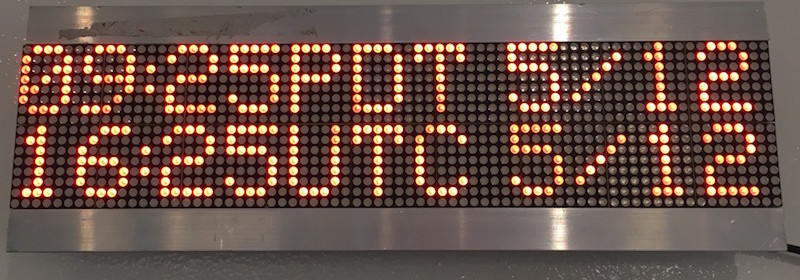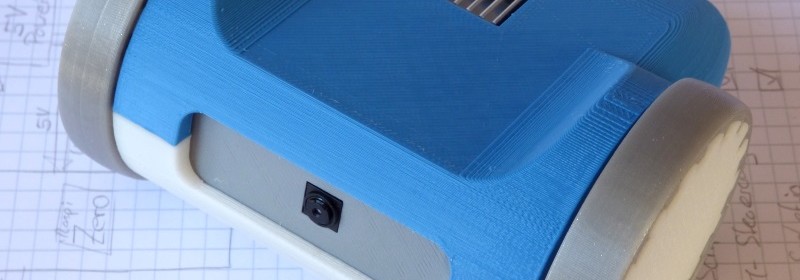Another ESP8266 internet clock using LED matrix panels

Internet has made it easy for computers to synchronize their clocks to an accurate clock value generated by a remote server. We discussed earlier how to make ESP8266-based internet clocks that utilizes National Institute of Standards and Technology’s (NIST) NTS service to retrieve accurate time information and display it on a 4-digit seven segment LED display and on a TFT display. This article from Ayzenberg describes a similar ESP8266-based internet clock that displays time on a large 16×72 LED matrix panel. It also features APIs for displaying messages or setting the display brightness.
Read more


